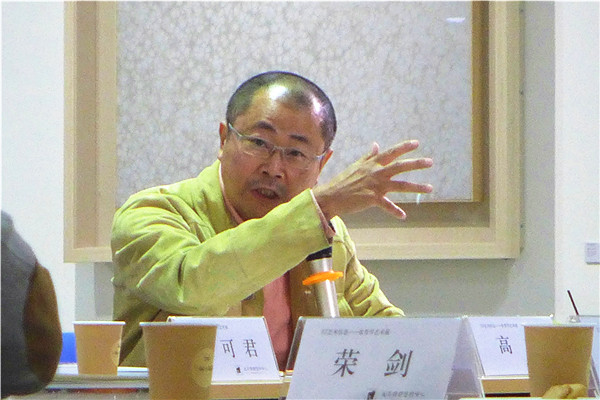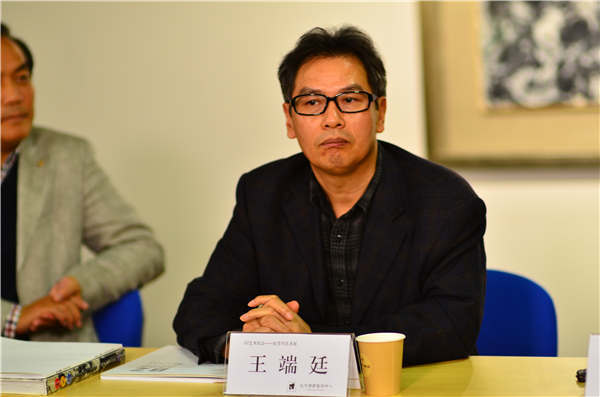Spiritual Wonders Created by the Natural Art——Zhang Fang-Cun’s Artistic Visualization

特殊话题:神性的体验
201828 augusti
借自然之鬼斧,成心灵之神功——张芳邨艺术观想
201828 augusti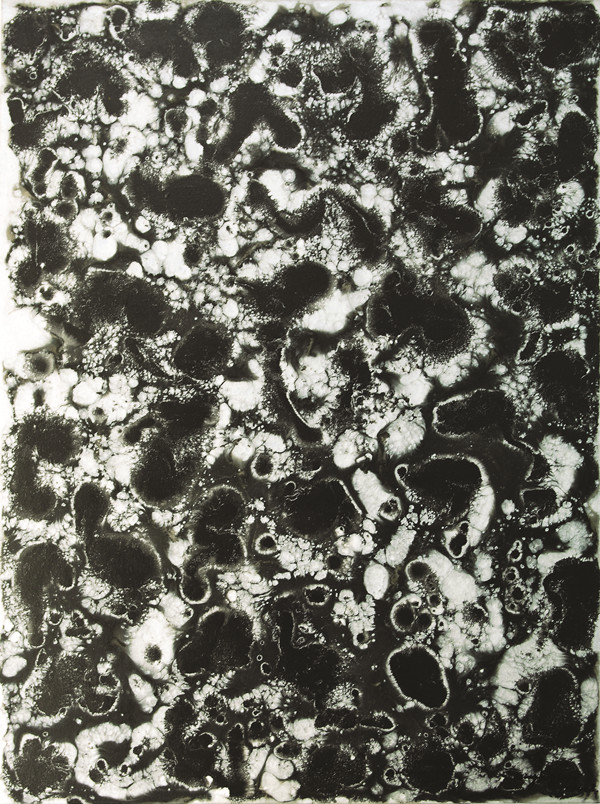
Spiritual Wonders Created by the Natural Art
Zhang Fang-Cun’s Artistic Visualization
Written by Gao Ling (famous art critic)
Zhang Fang-Cun’s art is miraculous because he relies on the mineral pigment researched and produced by himself; on the canvas, papper, and porcelain plate, he magically displays the inexplicably resplendent hues. Zhang’s artistic choice is extraordinary because he used to be an expert in realistic oil paintings. As we appreciate each painting named by Zhang Fang-Cun as the "BZ Art", in particular when we realize that he used to work so hard to reach the artistry level of realistic oil painting, the enormous contrast will surely make us to propose such a question…can such a wonderful work still be named as an "Art" if we give up all artificial painting technique?
To proficiently and gracefully depict images of the thing and object which you have seen and thought onto the dimensional plane media is once the artists’ privilege prior to emergence of cameras; artists then exhausted their thoughts and ingenuity to mimic and recreate the various personifying objects, phenomenon, and landscapes in the secular world. These accumulative depicting techniques and traditional methods still bestow artists on the capability to describe the specifically social event, historical figure, and the natural mountain, stone, tree, and abstract vision even if the digital imaging technology and reproduction of the photography has reached to an unprecedent level in the last half of 20th century.
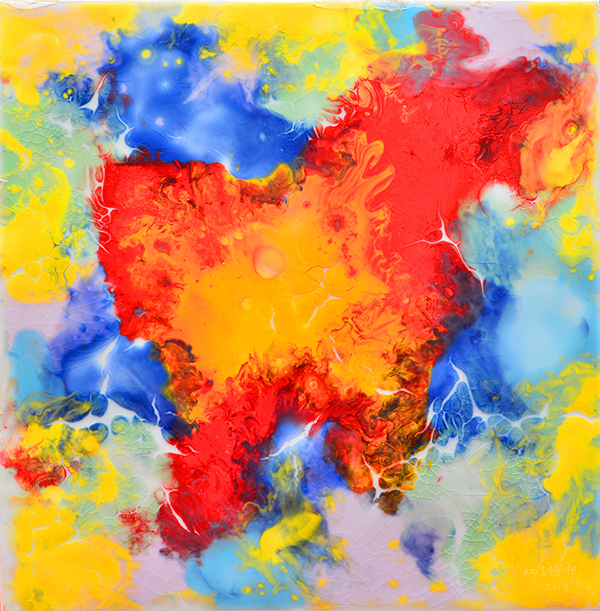
In the contemporarily western art history, however, Zhang Fang-cun has intensively perceived challenges of the painting simulation and the recurring capability brought by modern data technology, and recognized the artistic concept established by simulation and reappearance. In addition to having us to be infinitely approaching the superficial representation, we cannot probe into the essence of things and objects, for the said essence, or the truth of the world, has greatly surpassed the framework of existed painting and language viewing from the angle of modern science technology; it needs and calls for a brand-new art concept, and expects the appearance of newly visual image. In comparison with macroscopic and microcosmic universe, the technique and method to depict appearances fumbled and accumulated by people for thousands of years has become such a simple, limited, and one-legged fraction — no more than a profile, node, or part of the fantasy depiction outside the world. The spirituality to perceive the entire world has already departed from the universal world; it shall not sedulously depict the numerous objects in secular world, but shall return the life existence to the existing mode it selects in the integral world.
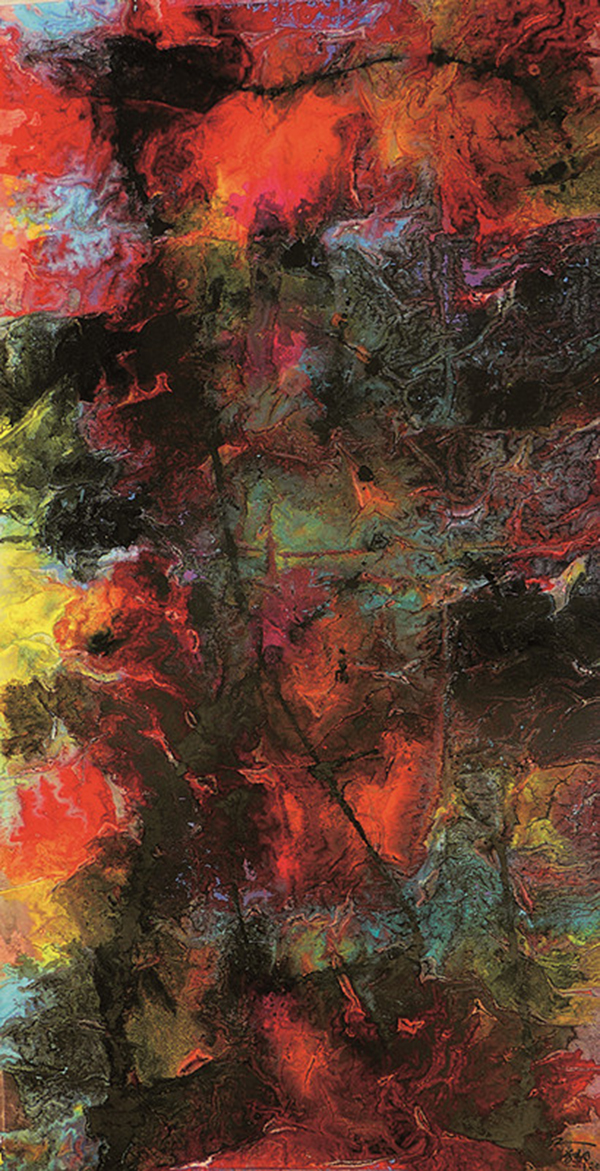
Struggling between the artistic inwardness and the world truth, Zhang Fang-cun has been no longer standing at the opposite bank of the world to describe the world. He abandons the realistic oil painting and the skill accumulated by former predecessor that he has practiced hard for many years. In the countless interdisciplinary reading and consideration and upon experiment and research around the clock, he should found the imaging variation and colored morphology he coveted in the axiom of chemical oscillation reaction. He humbly admitted that he was enlightened by Belousov and Zhabotinsky, Russian famous chemists and named the new color art as BZ Art. In fact, he is a painter with specific insight able to use unique method to blend human spirituality with all beings in the world by uncontrollable self-organization color on the canvas, papper, and porcelain plate, using several elements of basic color in the Nature to brand its interactive function consciously onto the painting media familiar to the mass; his repeated experiment and exploration is unreachable by normal artist.
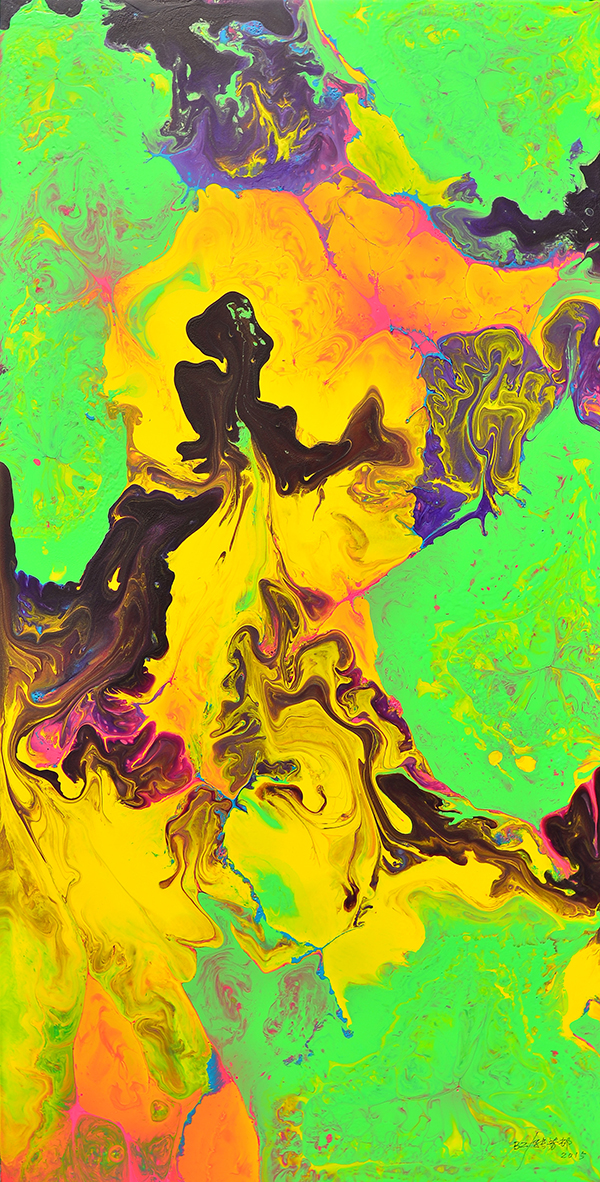
The resplendent painting one by one appears in front of me, without strokes and manual depiction but completed by chemical function of the pigment in sediment; his painting formation and rule is just like Dusan who moved the urinal directly into the exhibition hall in those days and regarded it as an artistic work. He convinces, a certain object or phenomenon to be an art is not necessarily controlled by human in the displaying process according to his artistic conception. In the Nature, all things and beings shall have its practicing orbit and developing logic, i.e. an unrestrained state. What the artist has to do is to learn how to respect and choose the things and objects to attract or repel, reciprocate or combine one another.
Comparing with Dusan who selected the finished product to taunt and boycott theartificial technology and the artistic art concept remaining in the old rut, Zhang Fang-cun dares to face the painting issue, using all techniques and methods to overpass the definition of dimensional plane and have the image to produce images and the color to demonstrate its actual self — seeking no rule within rules, finding different forms from images, pursuing nil in having, producing transformation by nil, and displaying fantasy with transformation. The insistence onto dimensional plane image has rooted out the self -preinstalling and the skillful image used by traditional painting, remaining only the psychologic expectation of the creative mainframe onto the possible image; by means of pre-selecting concoction in the use of basic color element, the birth of final image is completed by the natural force.
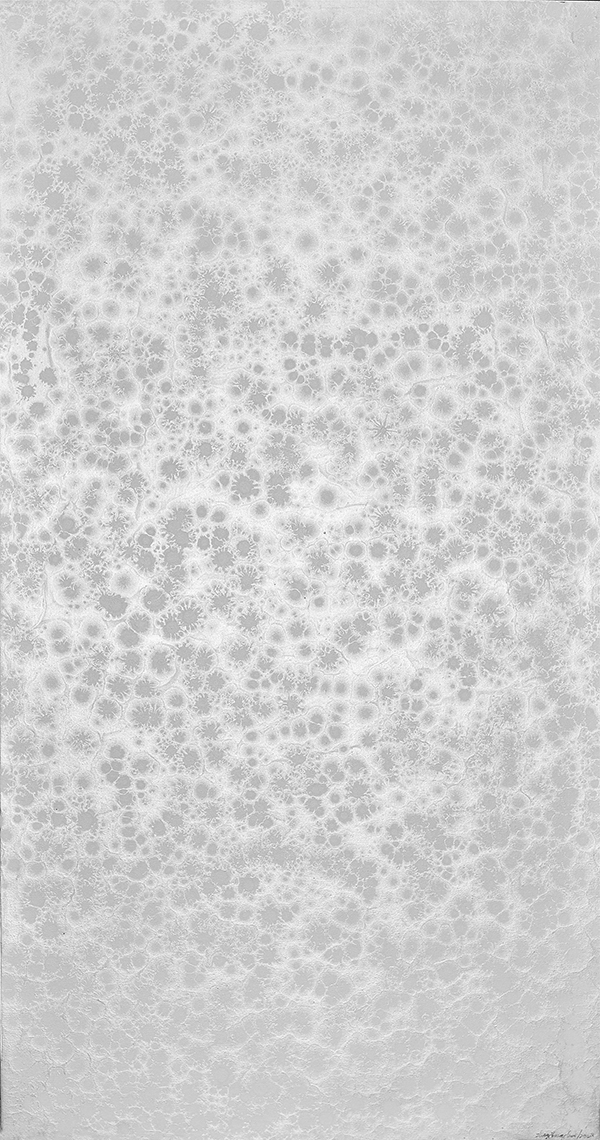
If Zhang walks down along the conception created by Dusan, he likely uses the colorful stone or wooden chip to serve as an art and witness the self-movement for thousands of years… but he chooses to remain in dimensional plane because he cherishes and convinces the painting possibility in the plane art. The painting he loves now is no longer painted by himself — it will be organized by itself, engendering reaction and function to transform itself into unimaginable shapes and hues.
No ready-made object in the Nature is used as the visual cue; Zhang choose the color elements to create a new visual imaging world by their interactions. Whether the abundant vision world can be regarded as an artistic work is not important anymore because boundary and implication of the art work has been repeatedly updated and breaking through. Zhang used to be an oil painter laying stress on manual handcraft, thus, he has always expected to use his painting brush to caress the world. To date he have found an appropriate mode to breath the mutual destiny with the world and allow the world to irradiate the eye-dazzling luster itself, so that his spirituality can be melted in such a beautiful splendor…maybe it is a brand-new art in the broad significance.
Gao Ling
Sep. 13-14, 2017
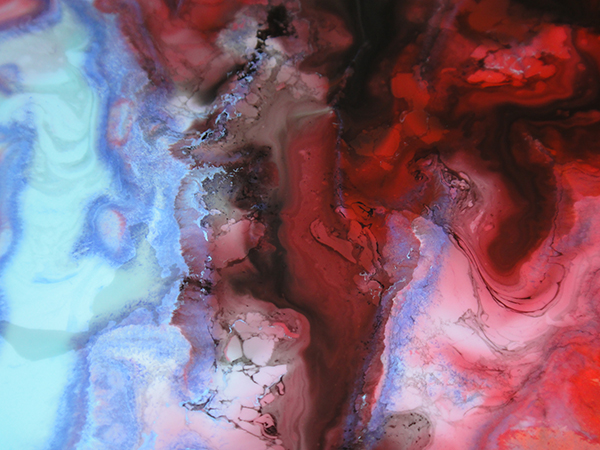
Gao Ling: The artistic critic, fine-art doctor, and curator is one of the 26 artistic critics deemed by domestic fine-art publication and media as the most active and powerful figure in 1990s
 |
|


